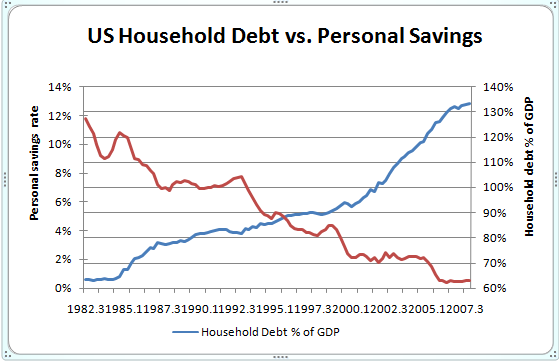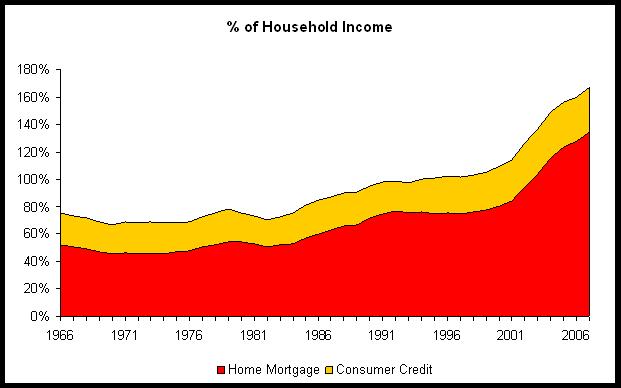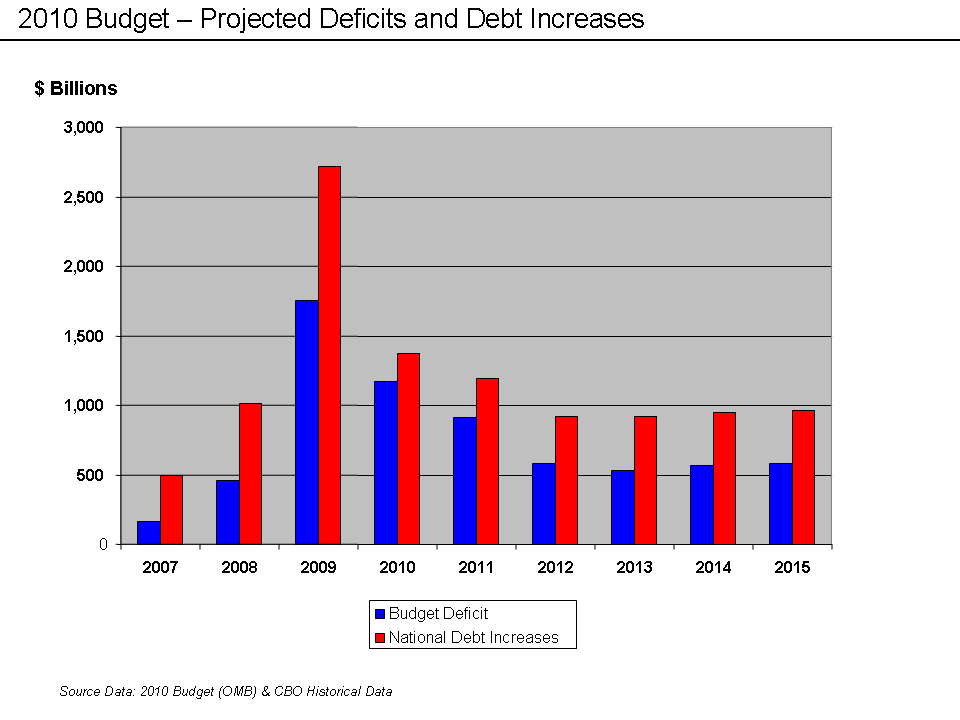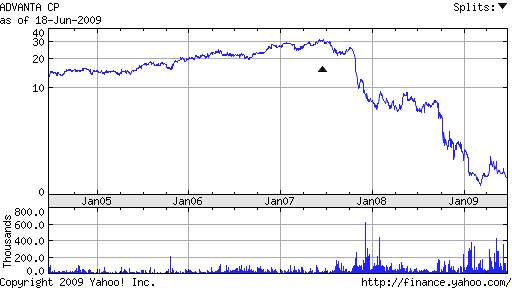Deluge Of Government Regs For Mortgages
The new rules on home appraisals courtesy of the Home Valuation Code of Conduct (HVCC) can sometimes add weeks of delay to a mortgage transaction. With the mortgage industry still digesting the new regulations of the HVCC, new government laws regarding Regulation Z disclosure requirements promise to potentially add additional weeks of delay to a mortgage transaction.
Effective July 30, 2009 lenders must comply with new rules under the Truth in Lending Act (TILA) as required under the Mortgage Disclosure Improvement Act (MDIA) which was part of The Housing and Economic Recovery Act of 2008.
Reg Z Rules Could Add Weeks To Mortgage Process
The new Regulation Z requirements add complex issues to the timing and delivery of disclosure documents to the borrower. Failure to adhere to the proper waiting periods for certain disclosure items resets the waiting period requirements. Many lenders may add their own time restrictions as a safety precaution against violating the new waiting periods and thereby cause additional delay to the mortgage process.
Shown below is a chart summary of triggering events for various waiting periods triggered by different lender actions during the processing of a mortgage transaction.
Waiting Periods and Triggering Events
|
Triggering Event |
Waiting Period Description | Timeframe in Business Days (Business Day is defined as any day except Sunday and Federal Holidays) |
|
Initial Under writing Submission |
Initial Truth in Lending Disclosure |
Waiting Period — 8 Days Including the Day of the Initial UW submission, borrowers may close/sign documents on the 9th day. (1 Day to process, 7 Days for borrower delivery/review enabling closing/signing the next Day.) |
|
Initial Submission |
Upfront Fee Collection |
Waiting Period 5 Days Including the Day of the Initial submission, Clients may collect upfront fees on the 6th Day. (1 Day to process, 1 Day to print and mail and 3 complete Days for borrower delivery/review enabling collection |
|
Entry and submission of appraisal data |
Borrower Appraisal Review |
Waiting Period 4 Days Including the Day appraisal data is submitted, borrowers may close/sign documents on the 5th Day. 1 Day for appraisal day entry 3 Days for borrower delivery/review |
|
Final Loan Submission |
QC Hold |
Waiting Period 2 Days requires a 2 Day QC waiting period on all loans. If the DATA is changed at a later date, then another 2 Day waiting period will be applied. |
|
Request Docs Submission |
Final Truth in Lending Disclosure |
Waiting Period 7 Days Including the Day of the Request Docs submission, borrowers may close/sign documents on the 8th Day. 1 Day to process, 3 Days for borrower delivery and 3 Days for borrower review enabling closing/signing to occur on the next Day If changes at a later date, then another 7 day waiting period will be applied. |
The new regulations are meant to allow mortgage customers an easier method to compare rates with different lenders, as well as insure that the customer is properly informed of rates and fees.
The downside of the new regulations are:
- Higher compliance costs for lenders which must be passed on to the borrower.
- Potentially long delays before a mortgage can be approved and closed which may cause major problems for purchasers with short commitment dates.
- Potentially higher rates for consumers who in all probability will need to rate lock for 60 days rather than 30. The longer rate lock usually results in additional lender fees or higher rates.
- One look at the above chart showing waiting period and triggering event time lines indicates the complexity of the new rules, which are certain to cause confusion and frustration for both the lender and the borrower.
For anyone purchasing a home or refinancing, expect the mortgage process to become a potentially grueling two month endeavor.



